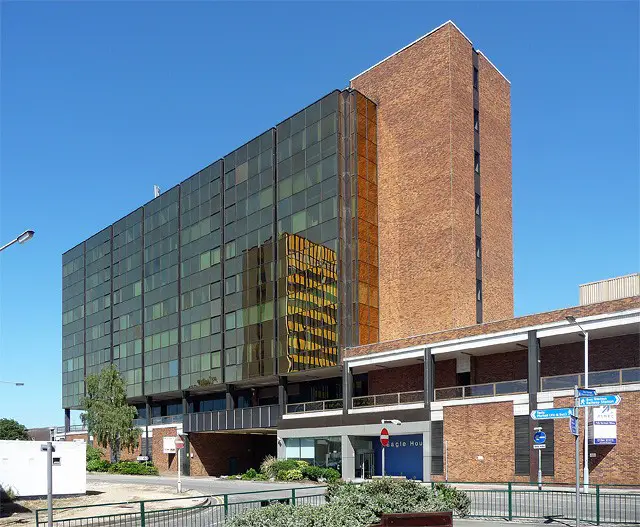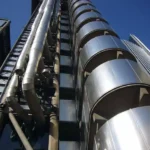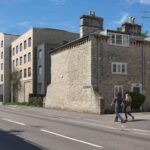Bracknell Town Centre Renewal in Berkshire, Henley Business School Research, New English Architecture Development
Bracknell Town Centre Regeneration, Berkshire
24 July 2022
Location: Bracknell, Berkshire, Southern England, UK
Eagle House, Bracknell town centre:
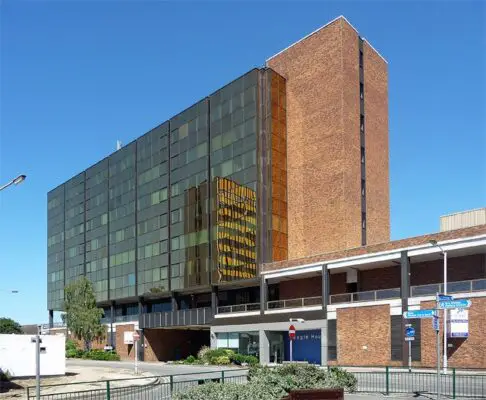
photo : Eagle House, Bracknell by Stephen Richards, CC BY-SA 2.0 https://creativecommons.org/licenses/by-sa/2.0, via Wikimedia Commons
Bracknell Town Centre Regeneration News
It has been 75 years since the New Town legislation was brought in, we share below some new research by experts from Henley Business School that gets under the skin of Bracknell Town Centre’s regeneration:
A new reflective study by New Town specialists at Henley Business School offers insight into Bracknell Town centre, as those most closely involved in its redevelopment reflect on what was needed to achieve award-winning success.
The research provides a toolkit of ideas for developers and civic leaders, looking at the valuable behaviours and management ideas for those leading a large-scale development project.
Called ‘The Lexicon – Understanding success in major town centre regeneration’, the report shows Bracknell’s redevelopment tackled a town centre that was characterised by an unfashionable, modern ‘New Town’ architectural style with a deteriorating physical fabric; by shops that were unfit for purpose, and a firm view of the local community that the town centre needed to be transformed into a new social and cultural heart for the borough.
The research offers expert advice to those looking to embark on town centre regeneration, including those in former New Towns. Here are some key reflections:
- A shift away from retail
Town centres are increasingly reverting to community hubs, shifting the balance even further away from retail. Space should be created for cultural activities such street art and travelling exhibitions. Major retail outlets in large units shouldn’t be the only focus for the high street. Consider varying unit sizes and types to create space for small and independent retailers. Libraries, police stations and community health centres serve the community function of towns and were outlined by the research as contributing to the success of the local economy, though were missing from Bracknell’s redevelopment.
Charles Square, Bracknell town centre:
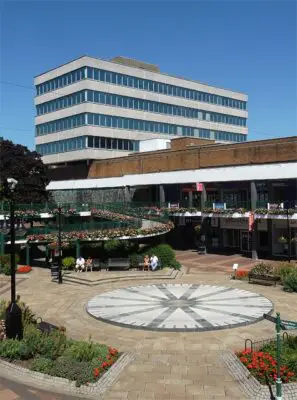
photo : Charles Square, Bracknell by Stephen Richards, CC BY-SA 2.0 https://creativecommons.org/licenses/by-sa/2.0, via Wikimedia Commons
When thinking about retail, major retail outlets in large units shouldn’t be the only focus for the high street. Consider varying unit sizes and types to create space for small and independent retailers
- Have a strong project vision
For any regeneration project, it’s vital to have a strong, clear vision that is understood and owned by the key players involved from the outset. Projects need to engage the local community in the process and understand how the development proposals relate to the social fabric of the area.
It is important to balance sticking with the initial vision of the project – creating consistency for those involved – with the need to be flexible and adapt to the needs of the community.
- Teamwork and communication
Try to foster a sense of ‘caring’ about a regeneration project. Making connections and promoting strong team relationships centred on achieving a common goal – from the corporate stakeholders to the partner teams – is crucial for success. Regular team meetings, fostering the right technical and project management skills mix, and spending time promoting communications and joint working all help achieve this. Vitally, to avoid a ‘pressure cooker’ situation, decision makers need to be realistic amount of time that projects can take.
Keeping local residents and business involved is vital; ultimately, they’re the people affected by the regeneration and the ones who need to feel ownership. It is particularly important to be transparent and honest about timescales and how these will impact the wider community.
- Consider transport links
Make good use of the local authority in-house transport team – they can provide a detailed history and understanding of the local context. Major regeneration schemes are broader and more complex than many private sector development projects on private land; local knowledge can help to save time and cost for regeneration developers. A committed local authority transport team provide solutions – rather than barriers – to development.
Dr Emma Street, Associate Professor of Urban Policy and Governance at Henley Business School said:
“While New Towns face many regeneration challenges, they also offer opportunities to create places that serve communities, ensuring the values at the heart of the original New Towns programme endure for decades to come.
Town centre regeneration is currently at a crossroads. Our research sheds light on the challenges those looking to deliver regeneration face, but also the opportunities that exist to create town centres fit for the future.”
Victor Nicholls, Lecturer in Development and Planning at Henley Business School said:
“We’ve been fortunate in being able to learn valuable lessons from such a wide range of participants and stakeholders involved in delivering and operating one of the UK’s largest and most complex town centre regeneration schemes in recent years.
Perhaps one of the most useful points to emerge from our research was the importance of reviewing the myriad aspects of complex regeneration projects, from the perspective of professionals engaged in the scheme”.
Previously on e-architect
The Heathlands Integrated Health and Care Home, Bracknell, Berkshire
Architects: IBI Group
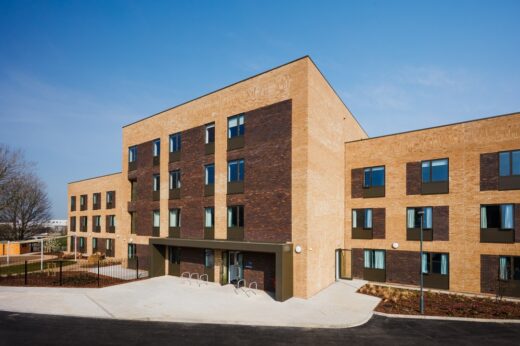
photo : Alex Antitch
Heathlands Integrated Health and Care Home
UK Housing and Planning System
UK Housebuilding and Planning System News
Make Modular: UK Housing Delivery
Too little, Too late? Housing for an ageing population
Heathlands Integrated Health and Care Home, Berkshire England images / information received 010722
Location: Berkshire, south east England, UK
Berkshire Architecture
Thames Tower, Reading
Design: dn-a architects
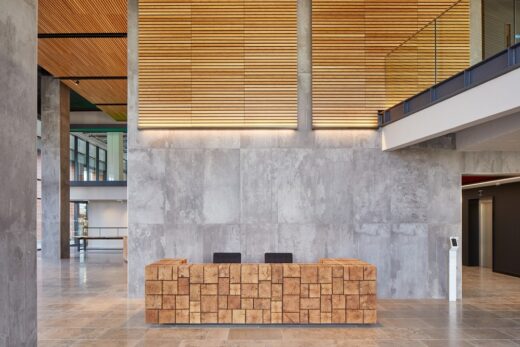
photograph © Andy Stagg
Thames Tower Reading Building
Stepping Stone House in Maidenhead
Design: Hamish and Lyons, architects
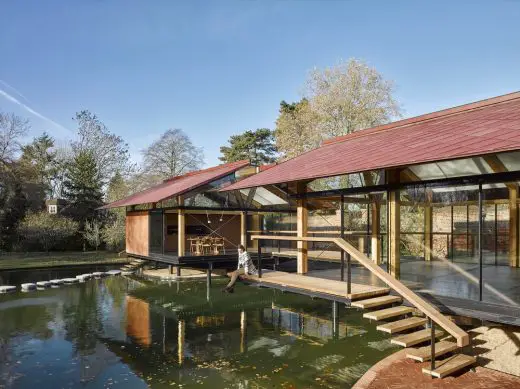
photo courtesy of Wood Awards
Timber House in Maidenhead
Heather Cottage
Design: Spratley & Partners
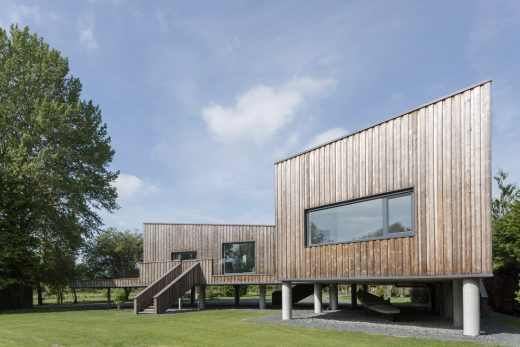
photograph © Peter Cook
New Cottage in Berkshire
Willowbrook Pavilion, Eton College, Cold Ash
Design: Lewandowski Architects
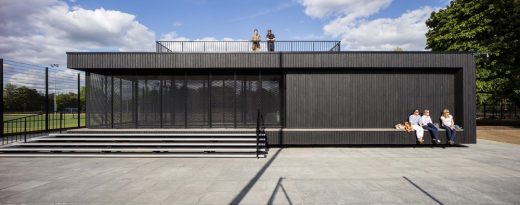
photograph © Will Scott
Willowbrook Pavilion, Eton College in Berkshire
Mixed Use Development in the Town Centre of Maidenhead – RIBA Competition
Town Centre of Maidenhead
E² at IQ Winnersh
E² at IQ Winnersh Berkshire
Reading Station
Reading Station Redevelopment
UK Housing Links:
English Architecture:
English Architecture Designs – chronological list
Location: UK
Contemporary British Homes
Recent British Home Designs
Black House, Kent, Southeast England
Architect: AR Design Studio
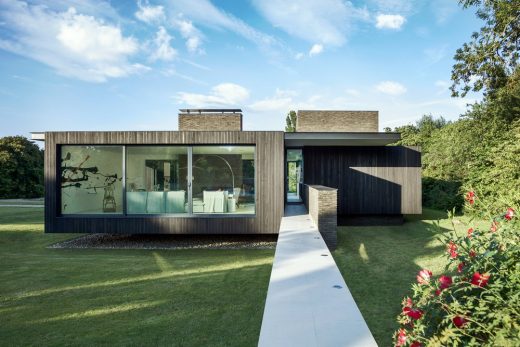
image courtesy of architects
Black House in Kent
A House for Essex, Essex, Southeast England
Design: FAT Architecture and Grayson Perry
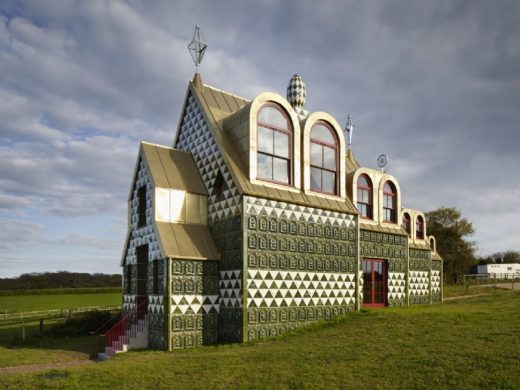
photograph : Jack Hobhouse
A House for Essex
Balancing Barn, Suffolk, Southeast England
Design: MVRDV
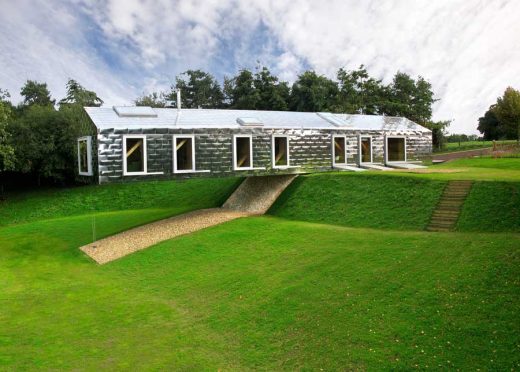
photo : Living Architecture
Balancing Barn Suffolk
, Buckinghamshire, Southern England
Design: John Pardey Architects with Ström Architects
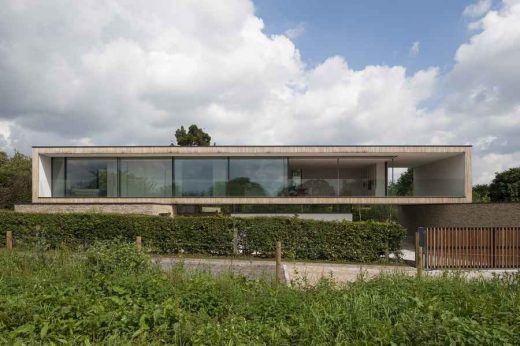
photo : Andy Matthews
Buckinghamshire Property
Comments / photos for the Bracknell Town Centre Regeneration page welcome

